TEACHING ADULTS
Part 1- Nan Baker Richardson Part 2- Amanda “Mandy” Schlegel
Part 1-
Reading on the grand staff
Reading on the grand staff can be confusing to an adult learner. Tells adults, “All of you are new to this. You are proficient at what you do and what you are good at because that is your profession. This is my profession, I don’t expect you to fully grasp, understand everything and that’s okay….” (So true!)
I loved Nan’s brilliant analogy’s to help understand reading on the grand staff. She likened the grand staff to telling time. Time is am or pm- need to specify or there might be some confusion. Gray areas- 11:45am-12:15pm. Likewise- we divide the piano keyboard into two categories (high- treble, low- bass). The gray area is the middle of the staff.
Then the Clefs are like the zip codes. Which area on the keyboard the notes on the staff belonged to.
Think of the computer keyboard, you place your hands on the most central part of the keyboard. Likewise, the treble/bass hands are placed in the most central part of piano keyboard.
Balance
Melody louder than another harmony
Teach balance within the first 6 weeks of an RMM adult class.
Again another wonderful analogy… When standing on a scale, weight can shift. Shifting weight on hands, “numbers” change. Take it to your fingers.
Activity: Have students partner up, taking two hands (one pair face up, one pair face down), one pushes down on the hand of their partner. First with the same weight of finger, then change one hand with the heavier finger and one hand lighter finger.
Play only melody forte
Play accompaniment piano
Shadow accompaniment
Play melody forte while shadow accompaniment
Play melody forte and accompaniment piano.
Part 2-
Here are some highlights from Mandy. She focused more on the the brain and how it relates to learning.
Those who were best self-regulated, practiced in larger chunks, used more strategies (writing on music, varying tempo)
Attention is a limited resource. We lose students attention after 10 min. Or sometimes they might be focusing on one thing but missing something else (example would be the video below if you haven’t seen it already).
We don’t hear inner voices well when it’s in a higher voice.
Inject novelty to help keep attention.
The focus of attention is the single most important thing to engagement.
The brain is a serial processor. We don’t multi-task, we attention shift.
Demonstrate in sound to really understand what it means.
Avoid mindlessness, habituation, perfunctory performance (play to play- no purpose)
No one knows you much you know until they know how much you care.
ENGAGING GROUP PIANO: IDEAS TO ENRICH AND SUPPLEMENT THE GROUP LESSON
Part 1- Rebecca Bellelo Part 2- Josh Straub & Ruby Chou
Part 1-
Group should–
- Help students learn efficiently and effectively
- Deliver in fun and engaging
NAFME standards
- Creating– Improv, arrange, harmonizing, lead sheet, composing, transposing
- Performing– singing, playing, moving, select repertoire
- Responding– Reading/notating, interpreting, explaining, evaluating
- Connecting– Connect all standards- total musicianship
Group class Sequencing
- Outline class goals
- Warmup
- Review piece/activity #1
- Listening activity
- Piece/activity #2
- Group activity- game, social time, project etc.
- Piece/activity #3
Use Anchor Charts/Listening Activities
Anchor charts- poster chart to record your thinking. Highlights the important part of lesson or topic. Designed by the students.
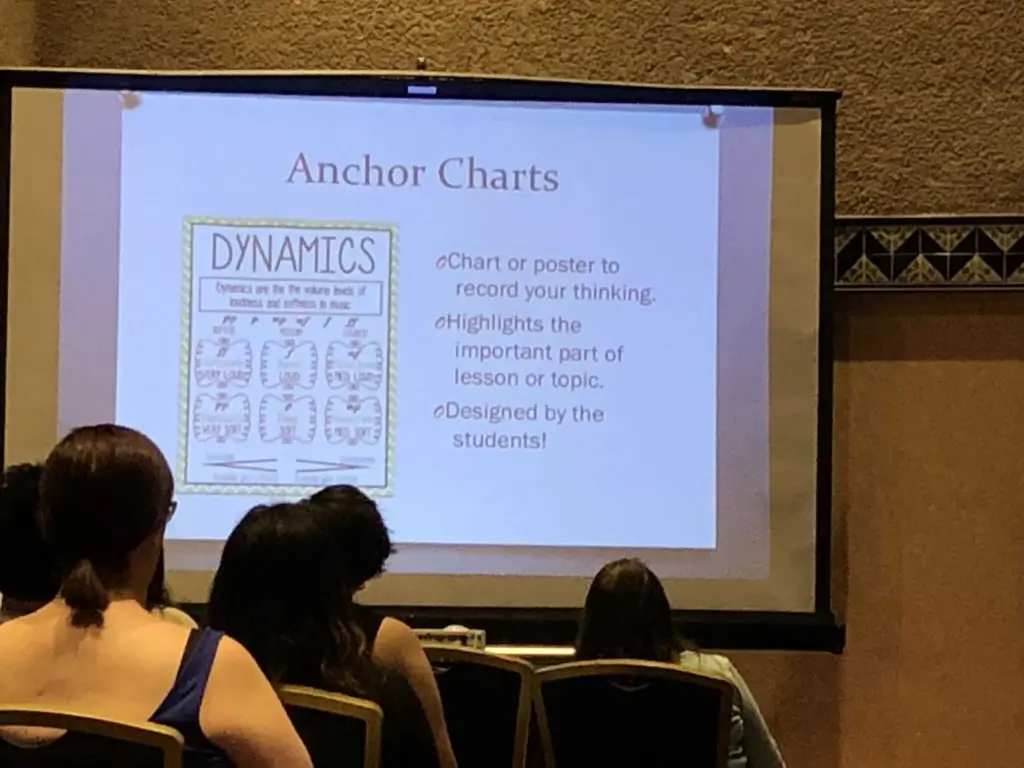
Anchor Chart Example
- What to include musically (scale, arpeggio, chord progressions, circle of 5ths, etc.)
- Chart layout (title, keyboard and/or music staff, size/spacing, colors, page orientation, etc.)
- Other considerations- (fingering, octave placement, labels)
Purpose- what they had to think about as they are making it.
Listening Activities-
- Guided listening
- Ask questions:
- Major/minor, meter, mood, compare/contrast, form, history/cultural context
Rebecca divides her listening activities by units (so many weeks)
Part 2-
Elements of effective ideas:
- Incorporate prior knowledge
- Intrigue inner musician
- Inspire musical growth
RMM BEST IDEAS
Best ideas is a unique session where teachers share a short 3 minute (and not a second over) “TedTalk” if you will, of a good idea they have used with their students. After we hear all the talks, we vote on who had the best idea.
- Lynnette Barney- (who came in 1st place)
Use kazoos to sing. Great for those hesitant students.
Echo patterns, sing tunes, or play notation
West music kazoos can go into the dishwasher
- Ruby Chou
Intergenerational Learning- structure with any age group.
- Hannah Creviston
Making flashcards as the basis for improvisation or composition, demonstrate the answer, find the answer, make your own. Use the flashcards as a base for an activity. Show a flashcard- D major- improv in key, etc… Make sure they can find and demonstrate.
- Jari Hulbert
The Whole Piano- unaffordable, sostenuto, prepared piano, inside the piano
Group piano activity using the whole piano. Guitar picks, clothespins, etc. look up video at artist music.
- Hana Janatova
Get off the Bench- Integrate a metronome for off the bench. Do breathing/stretching exercises to set focus. Metronome dancing. Can mirror teacher. Then go back to metronome.
- Lesley McAllister
Yoga for Seniors in RMM Classes
Breathing- Hoberman sphere
Chair pose: simple chair flow arms up and down with twist
Midline crossing pose- tap right hand with left knee (marching) Cross lateral movements: stork pose
Mudras: Haikini Madura with finger numbers – fingers tips are touched together (helps promote memory) tapping each of the finger numbers together.
- Amy Perdew
Keeping Granny Hip- using resources that you use with your kids and teens. (Piano Maestro, Ultimate Guitar, Chord Tracker, learn pieces like Sound of Silence, Believer, Eye of the Tiger)
- Gloria Singleton
Metronome Basics- Create a physical response to what they are hearing.
- Lucia Unrau
Jumpin’ Jive- Lucia had us get up and do the Jumpin’ Jive to get our bodies moving and to help our brain get back to being focused.
- Laura Williamson
Piano Man Project-
Triple Meter, Key of C
Same chords/melody for versus and chorus
Use LH pointer finger
3 beats per note
Red always follows blue
Red sometimes repeats (harmonica solos)
Don’t play during the “La, de da”
Have fun!
FUTURE OF MUSIC MAKING
Brian Chung
I always enjoy hearing Brain Chung speak. He is a great motivational speaker who is passionate about music. Here are just some quick highlights that stood out while he was speaking.
- Our traditional terms (type of lessons, kinds of music, practice requirement, measures of success) causes students to quit or not start lessons EVEN though they may really want to learn.
- Someone who will LOVE making music will come if we go to the “golden quadrant”
- Everybody Plays! (AYOSA Soccer slogan- very successful) Soccer became popular within just 15 years time and still popular today.
- Accept where they are, on their terms, invite them in. Key to success is YOU.
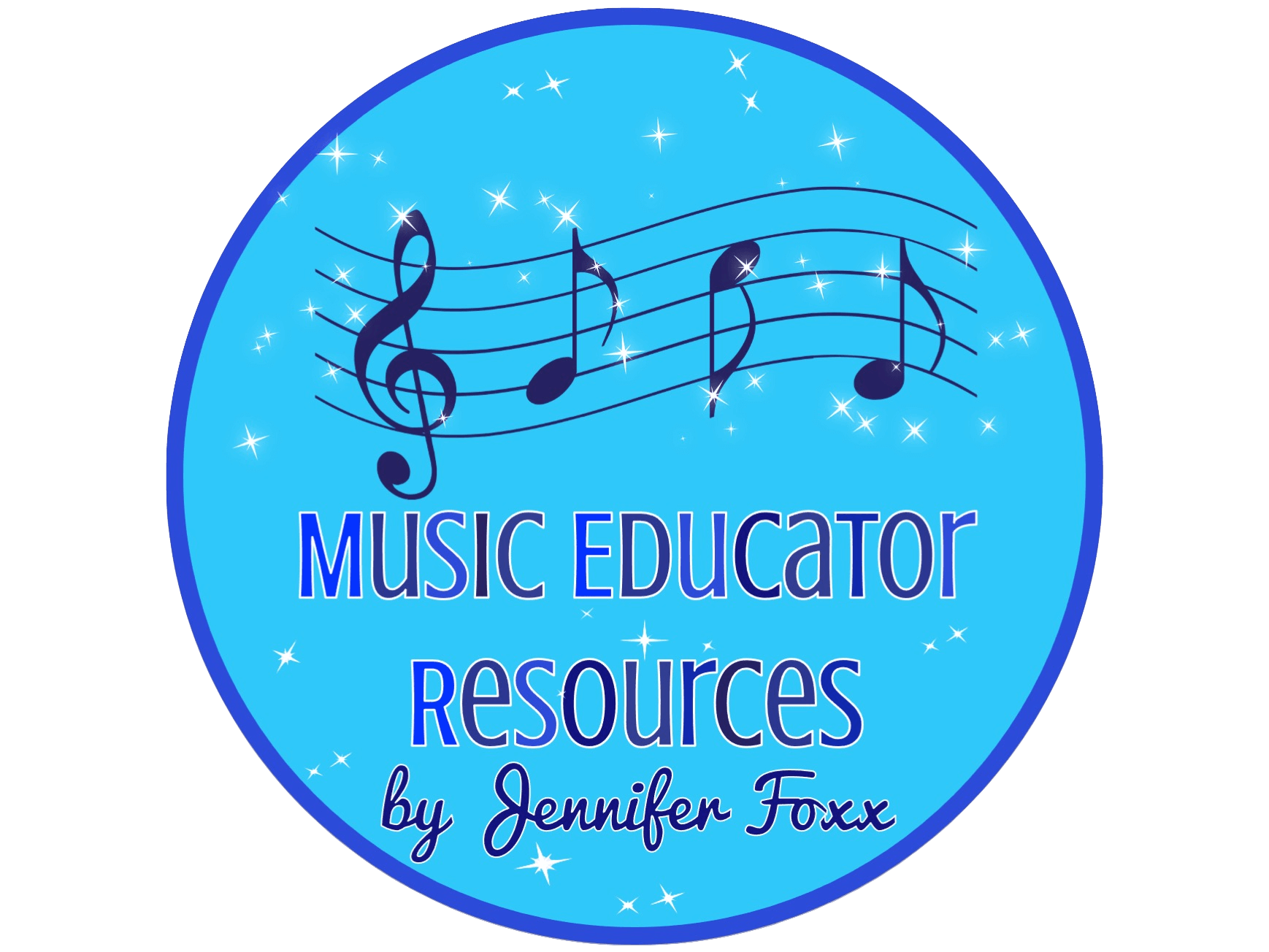



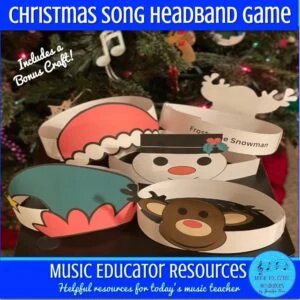
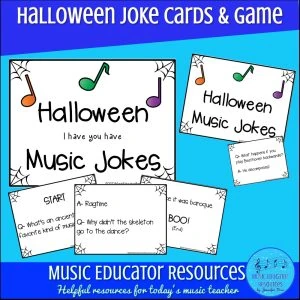
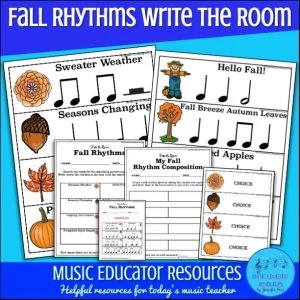
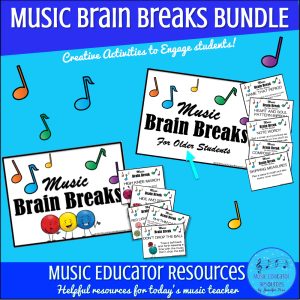
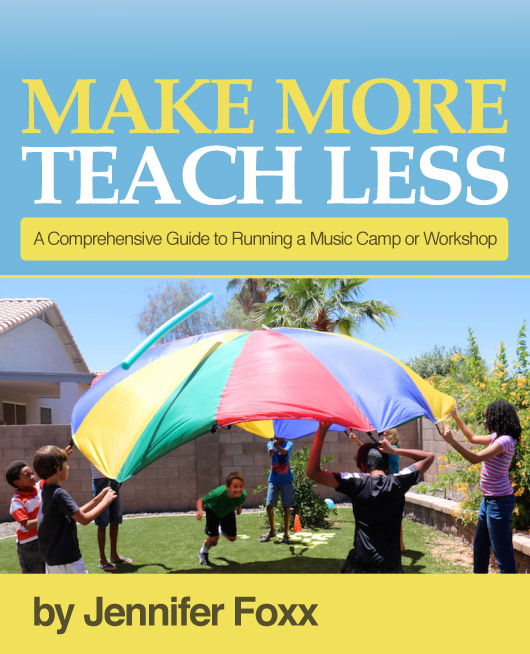
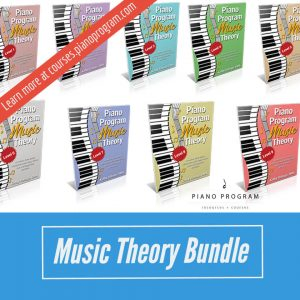
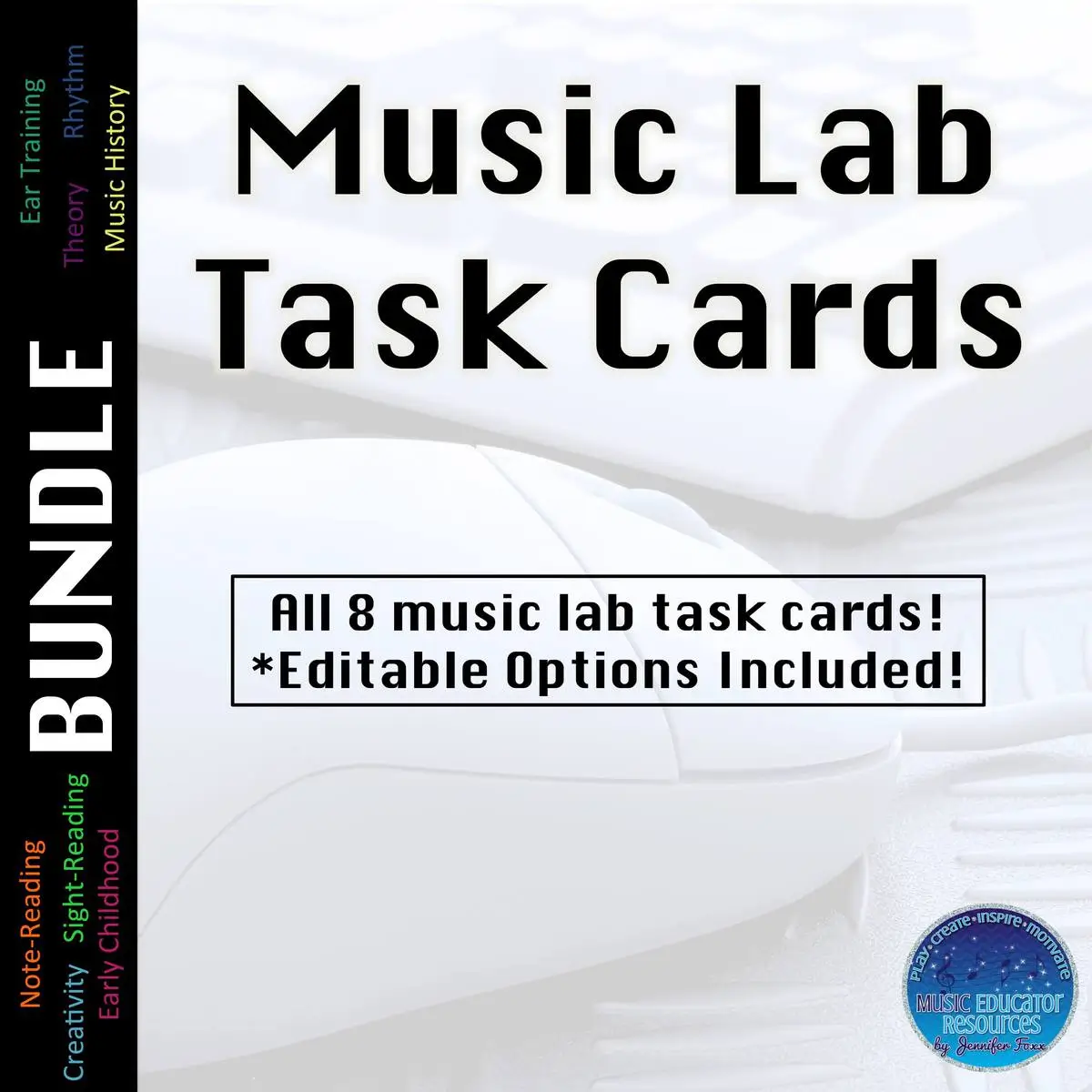
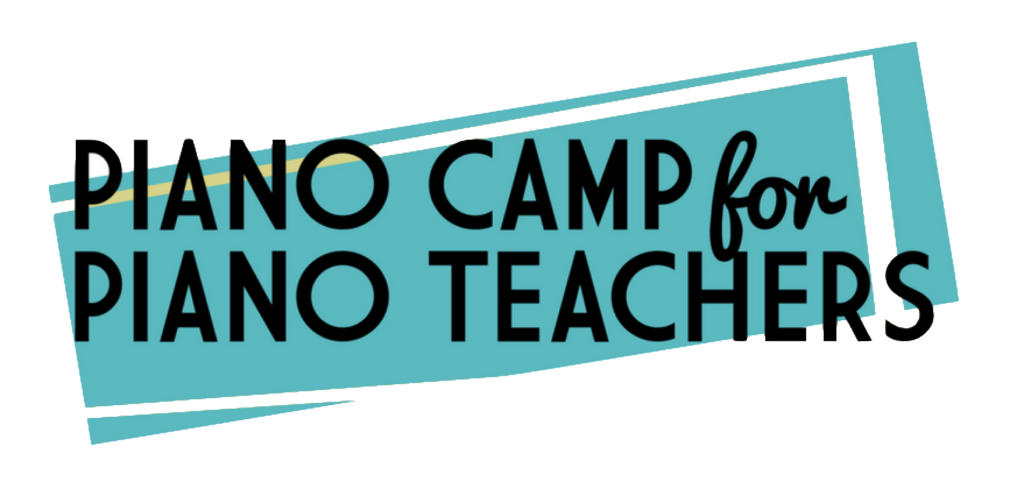

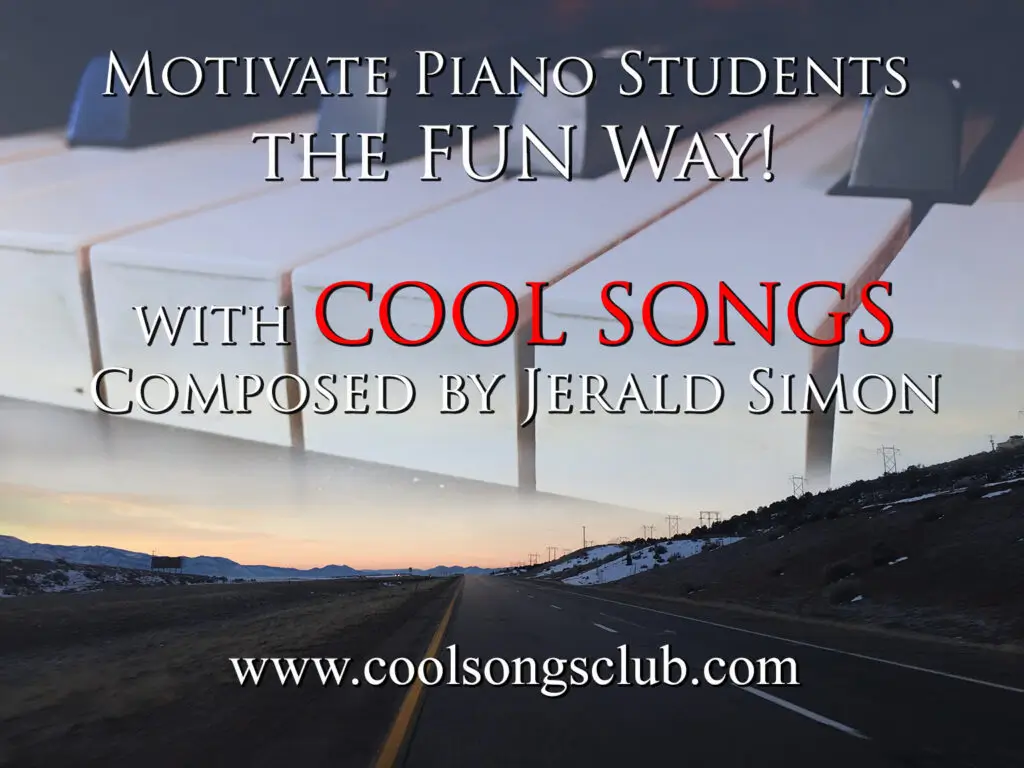
0 Comments